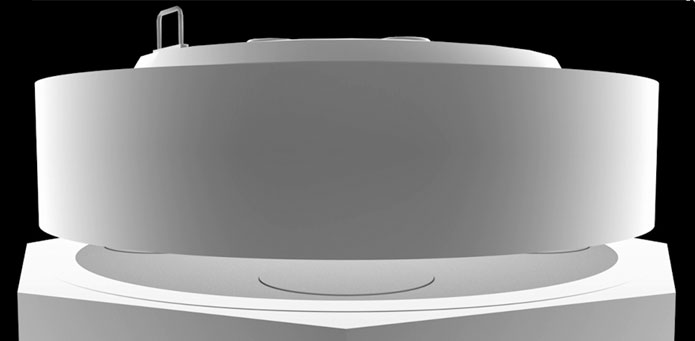Products & Technologies
Back to Menu
Products & Technologies
Services
Resources
Olympia® ALD

In the Olympia chamber, wafers rotate through isolated zones of different chemistries. Here, each wafer is exposed to two chemistries in series; they react at the wafer surface to create a conformal monolayer of film. An additional monolayer is deposited with every exposure cycle. Treatment processes can be incorporated into the sequence to meet specific customer needs.
Continued process scaling is driving new levels of device performance. ALD technology is essential for a growing number of steps in DRAM, 3D NAND and logic FinFET fabrication. However, while the conformality and uniform film thickness achieved with ALD is still vital for CD control, additional demands are being made on ALD to deliver a growing range of high-quality, robust films within restrictive thermal budgets.
The Applied Olympia® ALD system for stand-alone deposition of dielectric films addresses the significant challenge of obtaining high-quality ALD films at the low deposition temperatures needed to fabricate planar and 3D devices by offering unique sequencing capabilities. The flexible design also enables the system to accommodate the wide variety of precursors needed to deliver the quality, diversity and thermal range of ALD processes.
The Olympia ALD system is differentiated by innovative chemistry management that ensures absolute separation of the individual precursors used in the deposition process. This unique feature minimizes the creation of byproducts and particles that can form when chemistries mix freely. Consequently, the system generates exceptionally few defects, running for extended periods between chamber cleanings. Furthermore, the system offers a more than 50 percent productivity benefit over conventional, time-separated ALD by eliminating the pump/purge step after each chemistry.



- 1 / 3
- 2 / 3
- 3 / 3
